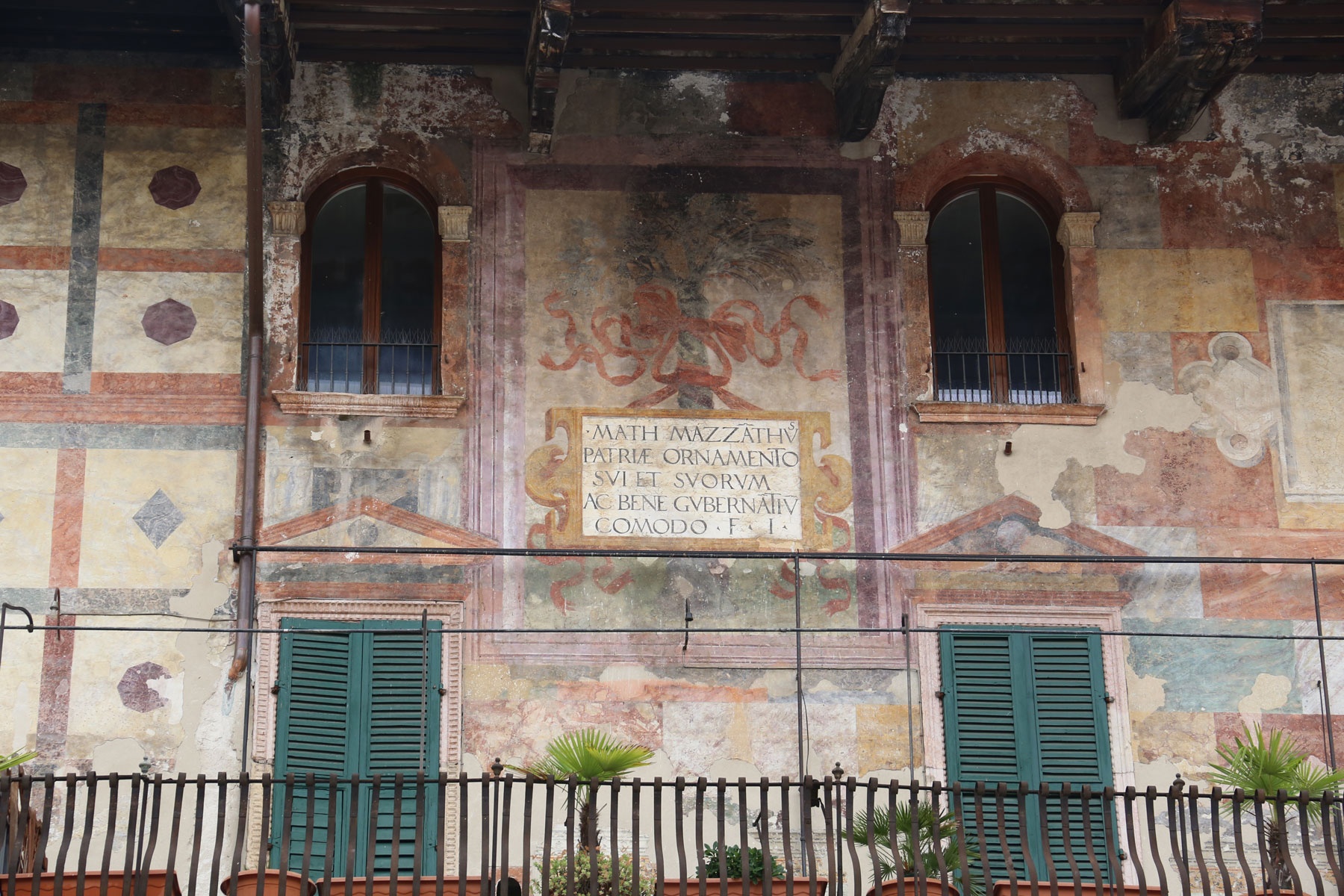Date:
Location:

Speaker: Jérémie Koering (I Tatti / University of Fribourg)
During the Renaissance, many European cities were adorned with painted facades (al secco, al fresco and a sgraffito) presenting historiated scenes, monumental figures, ornaments (heraldic, vegetal, all’antica, grotesque) and architectural illusionistic structures. Yet, despite its geographical and chronological scope, this phenomenon often remains outside our historical horizon, due to the absence of a comprehensive study of the political, legal, social and artistic issues accompanying its development. This seminar will provide an opportunity to present the broad outlines of a collective research project supported by the Swiss National Science Foundation, the aim of which is to tackle this historical problem on a European scale. By focusing on secular buildings (palaces, town halls, bourgeois houses, etc.), we will more specifically measure the contribution of this phenomenon to the definition of “public space” in European urban societies. A specific study of the Casa Mazzanti painted by Alberto Cavalli around 1530 will then enable us to pinpoint the ways in which these ornaments function in north Italy. In fact, to adorn the city would be to add luster to the common space by the joint accumulation of ornamenta and life exempla. It is indeed the combined Roman logic of the aedibus adjuncta and the res gestae which provides, during the Renaissance, the legal and ethical models for this decorative dignitas. Thanks to a few comparisons, we will also be able to see that this double ancient heritage, widely taken up and glossed over by Renaissance humanists such as Leon Battista Alberti, irrigates in fact more extensively the phenomenon of painted facades in Renaissance.
Jérémie Koering is professor of early modern art history at the University of Fribourg. His fields of study are Renaissance Art, epistemology of art history, and anthropology of images. He has published Le prince en représentation (Actes Sud, 2013), Caravage, juste un détail (INHA, 2018); and co-edited with Stephen J. Campbell, Andrea Mantegna: Making Art History (Wiley, 2015); and Yve-Alain Bois, Damisch/Schapiro a special issue of October (MIT, 167, 2019). More recently, he has published Iconophages. A History of Ingesting Images (Actes Sud 2021 / Zone Books, 2024) for which he was awarded the Pierre Daix Price (2022) by the Pinault Collection and he co-edited with Alessandro Nova and Alina Payne Robert Klein. A Meteor in Art History and Philosophy (VIT/Harvard University Press, 2024).
Add event to calendar
